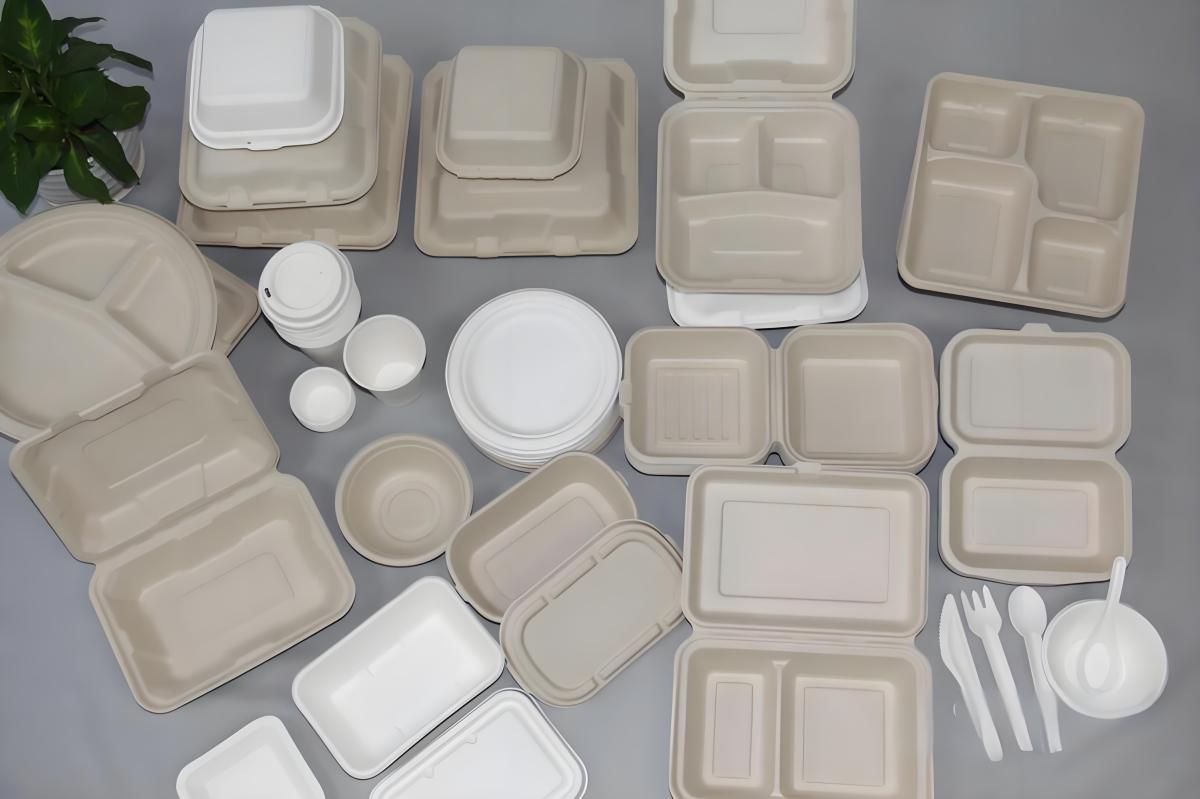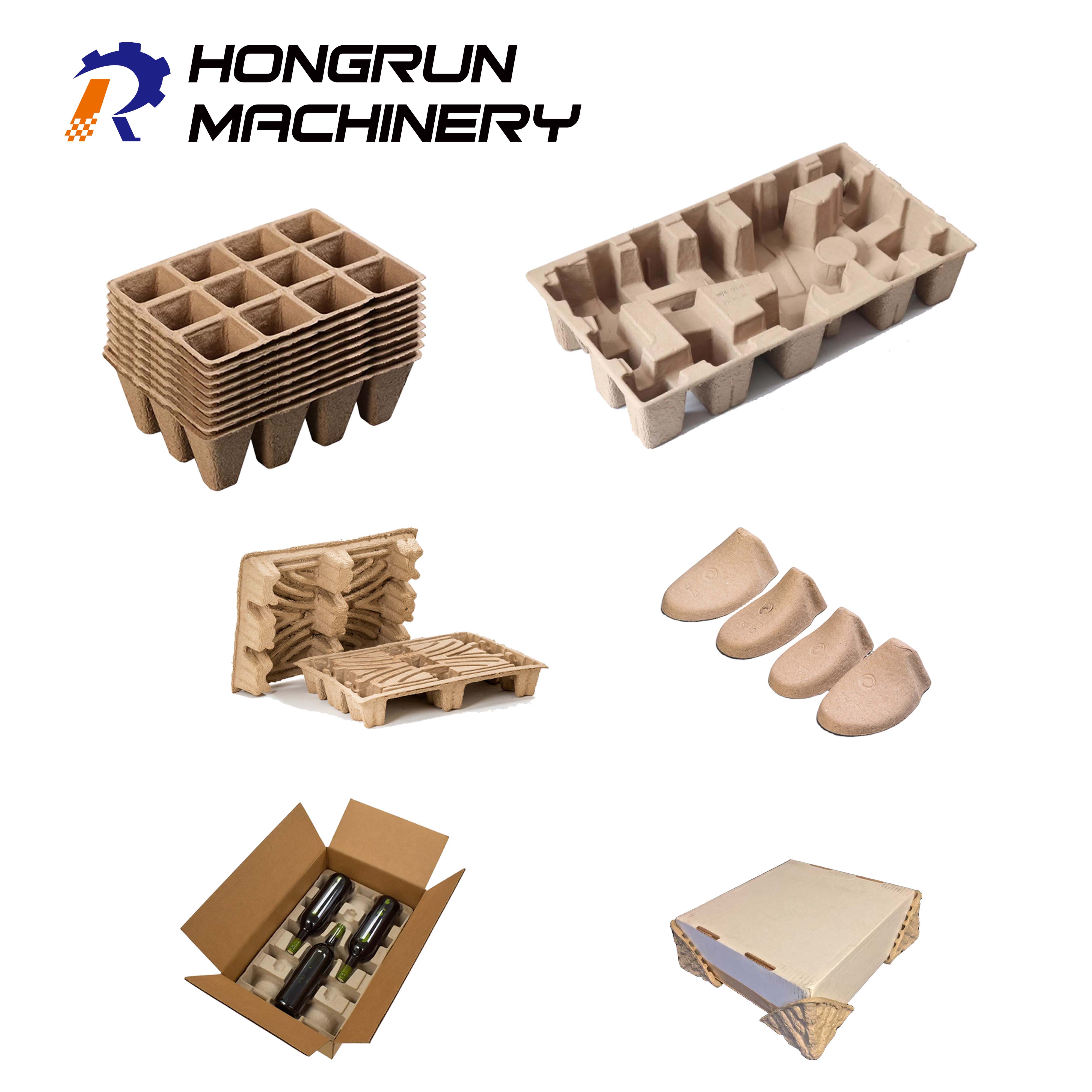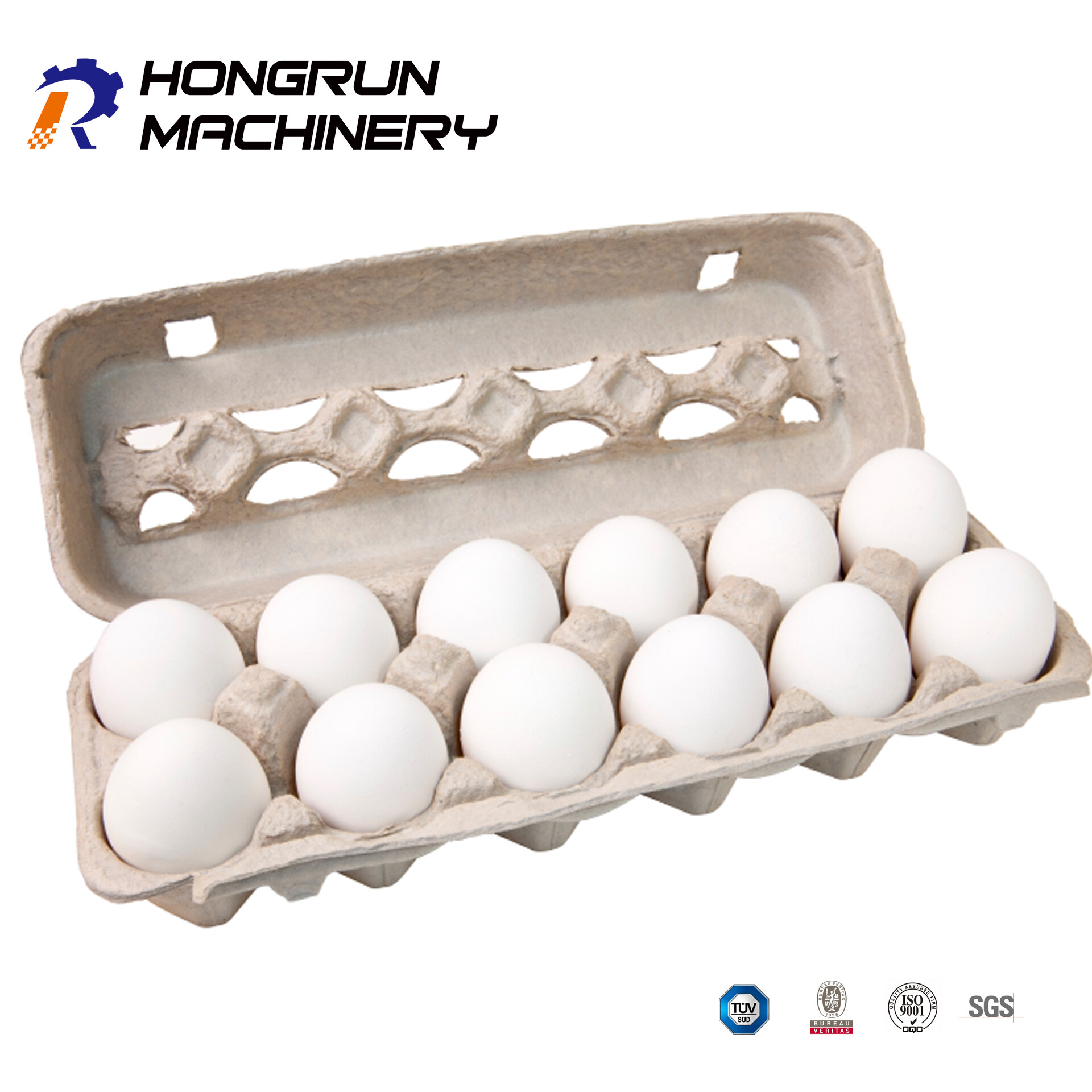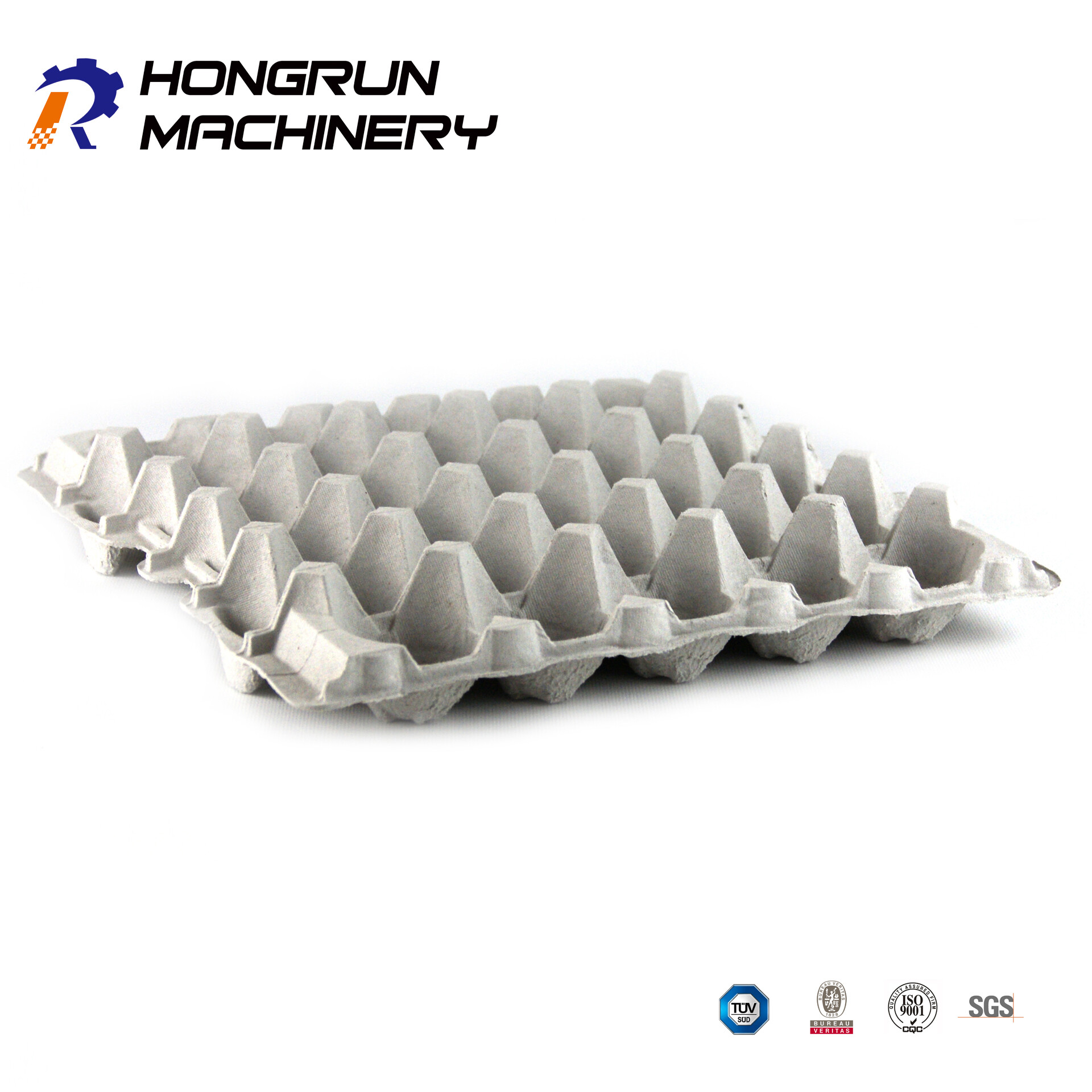PRODUCTS
PRODUCTS
Development status and trend of pulp molded tableware

Comprehensive introduction of pulp molded tableware
1. Materials and production technology
Raw material composition
Natural plant fibers, including bamboo pulp, bagasse, wheat straw and other renewable resources, are mainly used, and mechanical properties of some products are improved by fiber hybridization technology (such as mixing bamboo fiber and bagasse).
Add waterproof and oil-proof agent (such as PLA/PBAT film) or antibacterial agent to enhance functionality and meet food contact safety requirements.
Manufacturing process
The core processes include pulp crushing, molding, drying and setting, disinfection, etc. Some high-end products need surface calendering or antistatic treatment.
The three-dimensional paper-making technology (vacuum adsorption or grouting molding) is adopted to shape the three-dimensional structure of tableware through the mold.
2. Product classification and performance
Common types
According to the purpose, it can be divided into molded paper plates, bowls, cups, lunch boxes and fresh trays (such as fruit trays and egg trays).
According to the function, it is divided into ordinary tableware (takeaway container) and antibacterial tableware (medical and fresh packaging).
Core performance
Environmental protection: it can be naturally degraded (decomposed in 45-90 days) and converted into organic fertilizer after composting, which meets the requirements of EU Disposable Plastics Directive.
Physical properties: high temperature resistance (100℃ hot water, 120℃ hot oil), impact resistance, support microwave heating and frozen storage.
Safety: It does not contain harmful substances such as plasticizers and heavy metals, and has passed the food safety inspection and certification.
3. Application scenarios and markets
Main application fields
Catering industry: instead of disposable plastic tableware, it is used as a take-away/take-away container in take-away, fast food restaurants and cafes.
Fresh packaging: antibacterial tray can inhibit microbial growth and extend the shelf life of strawberries, bento and other foods.
Outdoor scenes: Camping and family gathering scenes are popular because of their portability and biodegradability.
market trend
The global plastic ban policy has promoted the surge in demand, and high-end products such as antibacterial and antistatic products have become growth hotspots. It is expected that the market scale will maintain double-digit growth in the next five years.
The technological upgrading direction includes the development of intelligent packaging (temperature and humidity monitoring) and multifunctional composite materials (antibacterial, moisture-proof and flame retardant).
4. Quality inspection standards
Basic testing items
Appearance: the surface is smooth and crack-free, the color is uniform, and the printed pattern is clear and firm.
Dimensional accuracy: use vernier caliper to measure the length, width and height of tableware, and the deviation should meet the industry standard.
Physical properties: water resistance (water absorption ≤10%), oil resistance (no leakage for 30 minutes) and compressive strength (≥ 1.5kn).
Functional detection
Antibacterial products must pass the microbial inhibition rate test (e.g., Escherichia coli inhibition rate ≥ 99%).
Waterproof and oil-proof products should meet the standard of continuous contact with high-temperature liquid without deformation.
5. Typical cases
Using Chishui Phyllostachys pubescens as raw material, petal dinner plates were produced through 12 processes, and the products were exported to Europe and received many additional orders from German merchants.
Film-coated tableware: PLA/PBAT degradable film is used to enhance water resistance, which has smooth touch and lasting oil-proof effect.
Through green materials and technological innovation, pulp molded tableware is gradually becoming the mainstream choice to replace traditional plastic tableware, and its environmental protection, functionality and diversified application scenarios will continue to promote industry upgrading.
V. Typical cases
Using Chishui Phyllostachys pubescens as raw material, petal dinner plates were produced through 12 processes, and the products were exported to Europe and received many additional orders from German merchants.
Film-coated tableware: PLA/PBAT degradable film is used to enhance water resistance, which has smooth touch and lasting oil-proof effect.
Through green materials and technological innovation, pulp molded tableware is gradually becoming the mainstream choice to replace traditional plastic tableware, and its environmental protection, functionality and diversified application scenarios will continue to promote industry upgrading.
Search Starts Here





